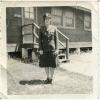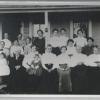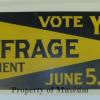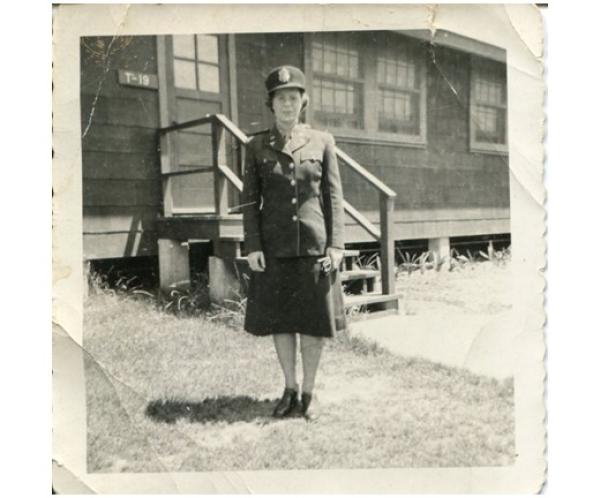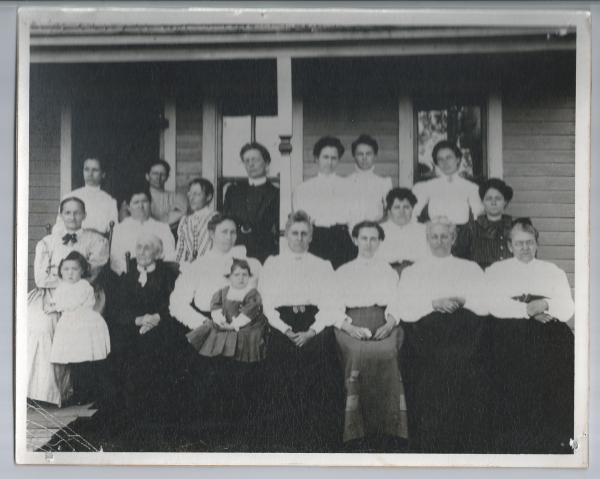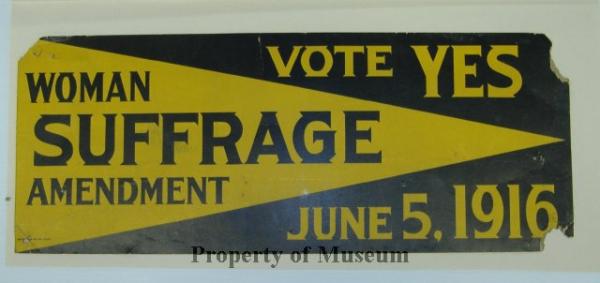Rules Rule
| Grade | 1st Grade | Class | Length of Lesson | 20-30 Minutes |
| Lesson Title | Rules Rule |
| Unit Title | Global Citizenship |
| Unit Compelling Question | How do you become a global citizen? |
| Historical Context: This lesson focuses on rules and rights, through looking at primary sources related to Iowa's struggle to give women the right to vote. During this lesson students think like historians as they compare images from women's suffrage and women's marches in the 1900s to political women today and women's marches. This lesson compares women's rights from the 1900's to today. The lessons main focus is to explain how rights and rules are important and affect how people act as well as what they can/can not do. Students will learn about how times have changed as well as remained the same by examining and thinking like a historian would during these times. Students will be observing primary documents from the 1900s as well as 2000s. The artifacts used will show how women did not have a lot of rights and how the rules the government had in the 1900s were not fair to all. For example, in the 1900's women did not have the right to vote. Many women were fighting for their right to vote and run for office. In 1920 the 19th amendment was finally passed which granted women the right to vote. Students will learn about how rules and rights are important to creating a safe and fair environment. This lesson will teach students that some rules are not fair as well as how rules and laws may change or be created over the years. |
|
| Lesson Supporting Question | |
| Lesson Overview | Students will learn what rules are as well as how they affect us and our actions. This will be done by a group discussion regarding rules, fairness, and how they affect people. This will then lead to a discussion regarding women's rights and how they were not always treated fairly. Students will compare and contrast women's rights/laws to identify the similarities and differences. To do this students will think like historians as they review images of women from the 1900’s and the 2000’s. The images will show that overtime women became more vital in the world as they began to receive more rights. This will help students picture how women did not have the same rights in the 1900’s as men did as well as what women's rights are like today. Students will combine what they learned about rules, rights, and fairness to express what it means to be a good global citizen. Through this all students will be learning how and why we should be global citizens. |
| Primary Sources Used |
|
| Resources Needed | |
| Standard | |
| Lesson Target | Students will understand what rules are as well as how they affect us and our actions. Students will be able to identify actions and rules that help us become good citizens. |
| Lesson Themes | |
|
| Formative Assessment (How will you use the formative assessments to monitor and inform instruction?) |
The formative data I will be collecting will be from student conversation, teacher-student conversation, and their compare/contrast worksheet. I will observe and listen to my students as they are answering my questions, talking in their groups, and as they are working on their compare and contrast sheet. |
| Summative Assessment (How does the lesson connect to planned summative assessment(s)?) |
Students will investigate, compare and contrast how different communities have different cultures and laws as well as how these affect people's actions. Students will identify a democratic problem in today’s society then |
| Author | Soundra Buehler | Created | Last Edited | ||||
| Reviewer: Dr. Chad Timm, Simpson College | |||||||
| Lesson Plan Development Notes: Social Studies Methods, Simpson College, Spring 2020 | |||||||

